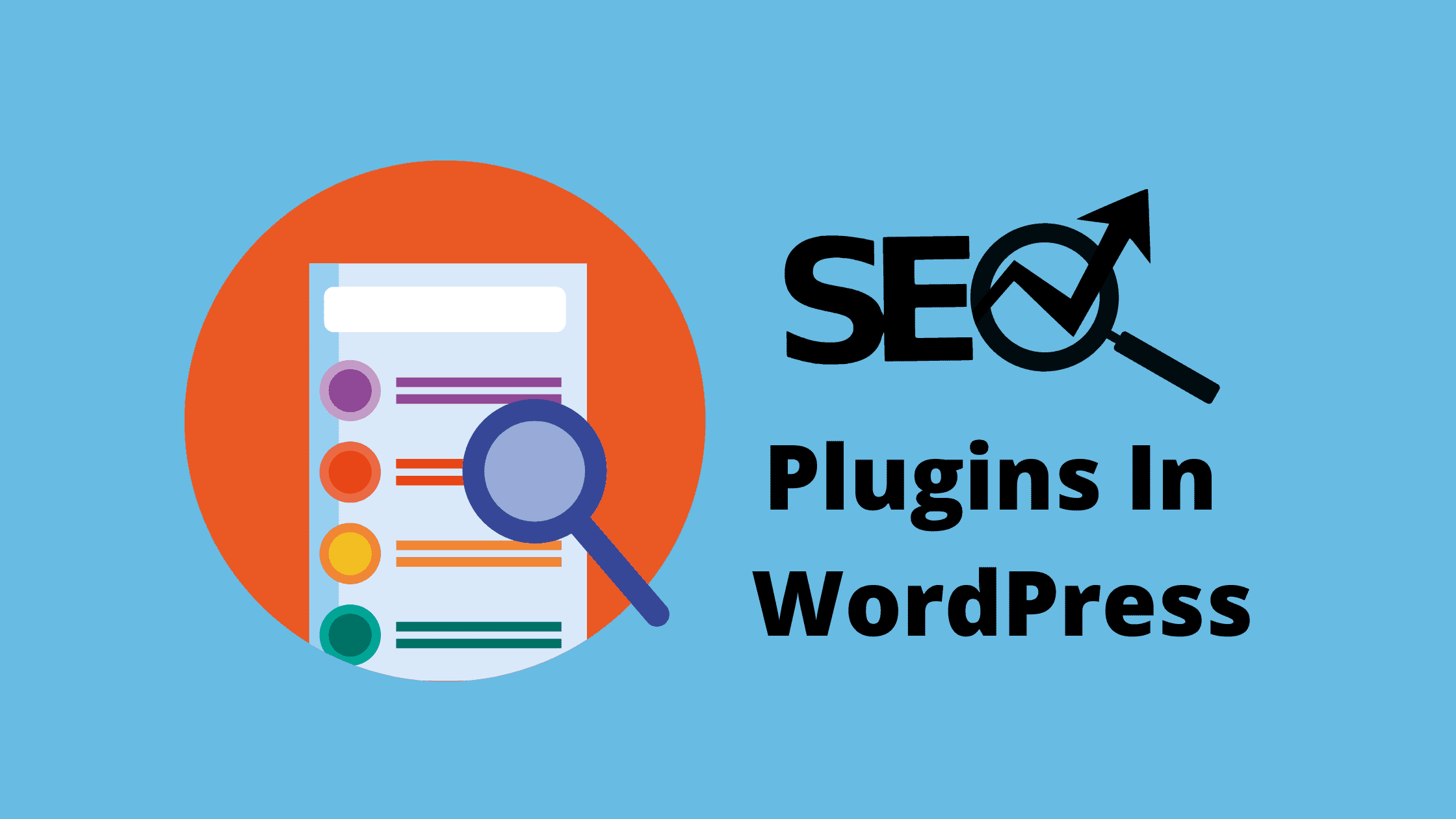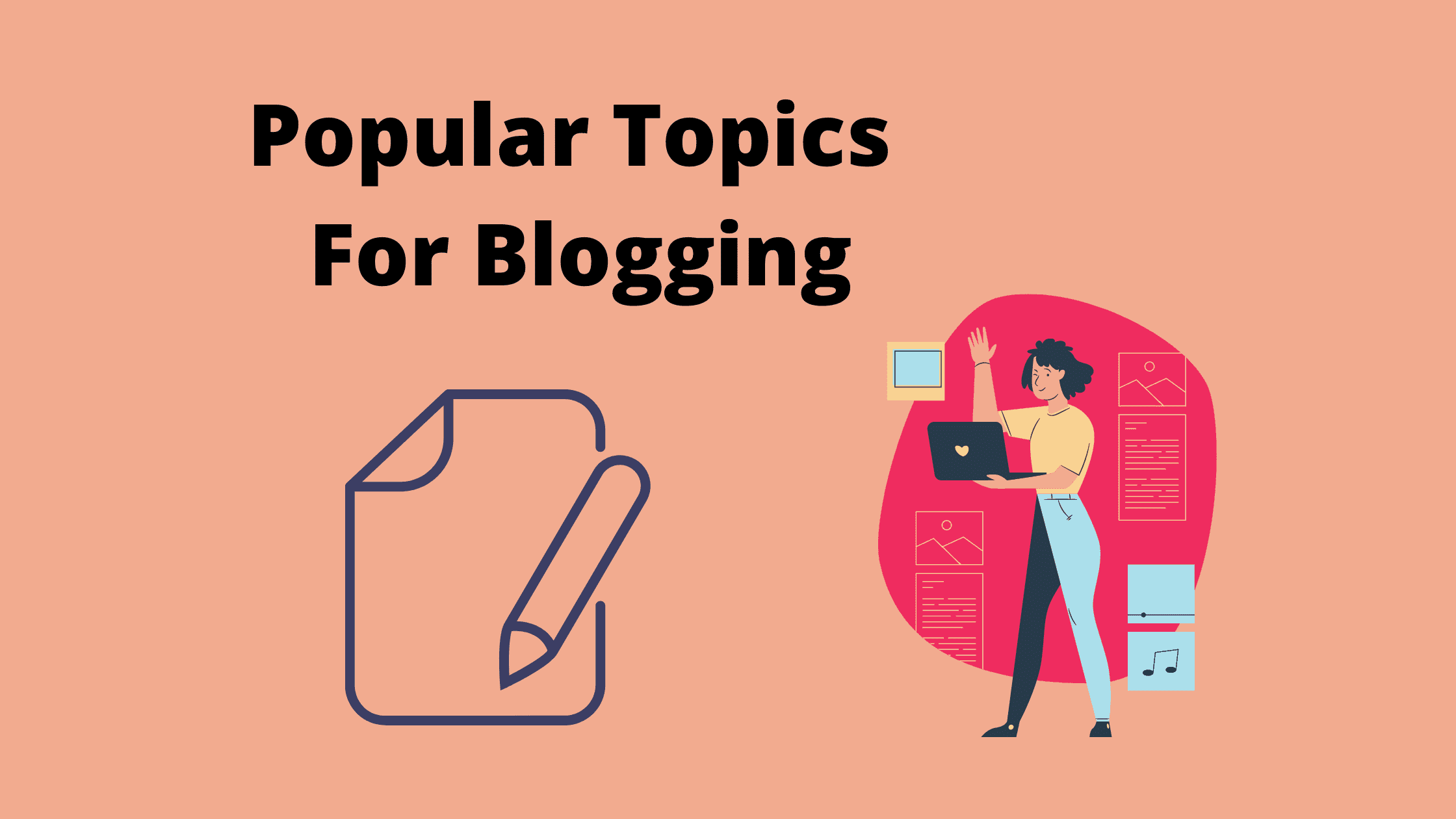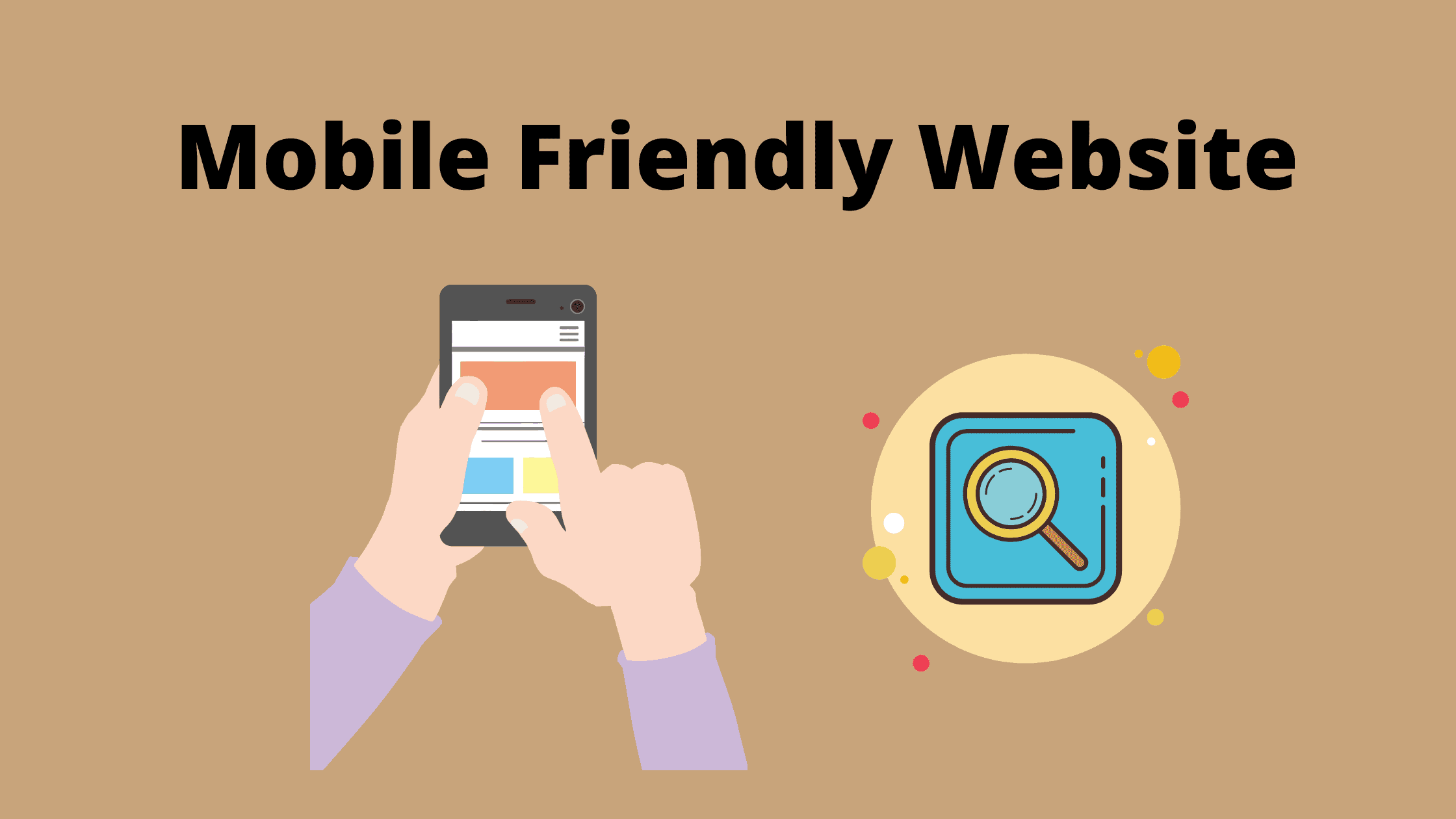In this post, we’ll go over what is an H1 tag, how important is H1 tag for SEO, and how to write a heading tag that’s both user-friendly and SEO-friendly.
You’ll learn how to use H1 tag in HTML and other heading tags to make your content more popular with both search engines and users.
Each post or page can have different headings. The HTML H1 tag is the one generally used in the title of a post or page and is the 1st heading that appears on the page. The format of an H1 usually varies from the other heading tags on the page (H2, H3, etc.).
What Is An H1 Tag?
The HTML <H1> tag is the 1st heading tag that appears on the page. It is seen in the title of a post or page. When displayed as code in HTML, the value of H1 is embedded in <h1></h1> tags.
To help distinguish the text, the H1 tag is normally formatted in a way that differs from the other page tags.
H1 Tag Examples
The H1 tag with the value “Off-Page SEO” – if displayed in HTML, it appears like: <h1>Off-Page SEO</h1>
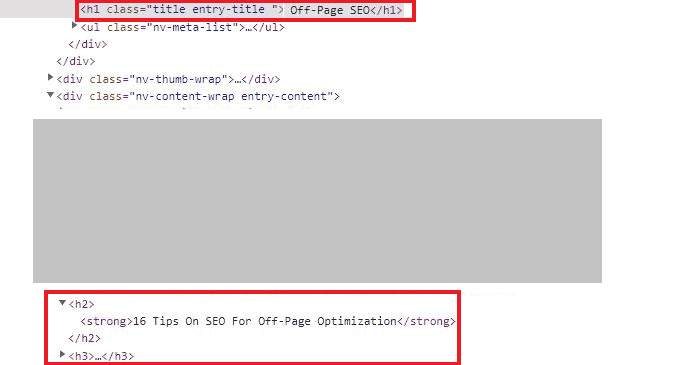
To better understand how to use H1 tag in HTML, assume that you are creating an overview of a big document. The primary title of the document is <H1>, the secondary points <H2>, the sub-points <H3>, and so on.
Why H1 Tag Is Important For SEO
One of the more difficult tasks for search engines is to comprehend the content (meaning) of a page.
In order to do this in the fastest and most efficient manner, they read signals from various data points. These signals include the title of the page and the H1 tag.
As search engine spiders crawl through the page’s content, they scan the HTML code to determine which items are included as headings (H1, H2, etc.).
These elements serve as indicators of the content on the page. So, by including keywords in the H1 tag, you make it easier for the search engines to understand what the content is about.
Another point as to why heading tags are important for SEO is that they help users browse through the page easily.
The visitor can immediately see what the content is about by viewing the H1 tag. The other headings give users a clear indication of what to find in various sections.
For example, consider the article you are viewing right now. All major points are marked as H2 to make them easier to find on the page.
Page Title vs H1 Tag
The title tag (<title></title>) is one of the top factors for SEO and it shouldn’t be mistaken for the H1 tag.
Below we’ll see how these 2 elements differ and the reason why it is important to think about this.
The primary differences between these two tags are the following:
- The title tag appears in the search engine results. It is seen as the main title of the snippet in the SERPS
- The title tag isn’t purely visible on a page, but it’s included in the page’s header <header></header> and also appears in the browser’s title
- The <H1> tag is visible to users when they browse a page or post
- The title tag serves as an important indicator of the page’s content to the search engines.

With respect to on-page SEO, the title of the page is more relevant than the H1 tag. However, for optimal results, you should make sure to optimize both elements.
H1 Tag Best Practices
Having gone through the theoretical part about H1 tags, let’s look at how to design headings in your posts and for the content of your page in general.
Your Headings Should Contain Keywords
It is strongly advised that you incorporate keywords in the headings. There should be keywords in both the headings and the title.
If you decide to use a title different from the heading, utilize your most important keyword in the title and a related term in the H1 heading. This is not to say that you need to go overboard and create headings stuffed with keywords.
Use the keywords that you find from your keyword analysis. As a general guideline, use long tail keywords in the H1 tags and various headings.
H1 Tags Need To Match User Intent
Don’t forget user intent while writing the H1. If it does not live up to the user’s expectations, there is a high risk that they will leave your site without consuming your content.
In this case, not only will you lose potential readers or customers, but it also has a negative impact on the SEO results.
This activity of users coming to a page and then immediately going back to the results page because they didn’t find what they were hoping for is called pogo-sticking. It can be bad for the rankings in the long run.
Make sure your H1 tags meet users’ expectations of the content on the page.
The Page Title And The H1 Tag Could Be Similar Or Slightly Different
Usually, the H1 tag and the page title are the same. This is because the Content Management System (such as WordPress) is set up that way.
In terms of SEO, there is nothing wrong with using similar text for the H1 heading and the page title. In fact, it is a good idea to do so.
A general rule of thumb is to have the same H1 tag and page title (or very similar). Google recommends some of these best practices:
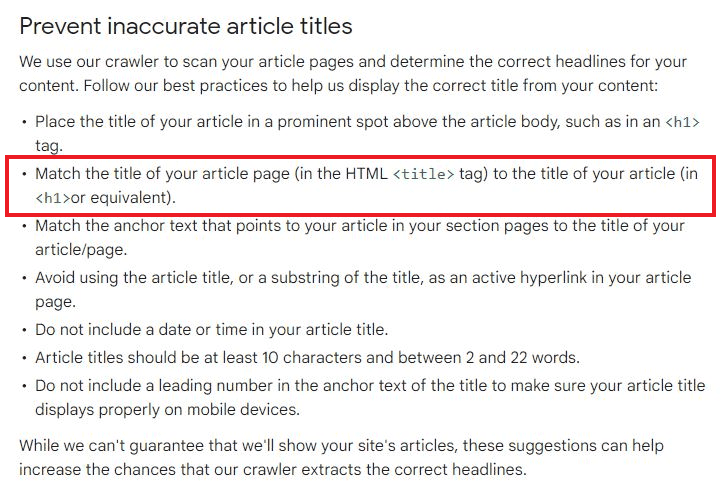
In the H1 tag example mentioned earlier in this article, the page title and the H1 tag is “Off-Page SEO”.
The page title could be more descriptive because it appears in the search results, but for the H1 tag, something simpler can be used.
How Do I Set Different Page Title And H1 Tag?
As mentioned earlier, most content management platforms and themes set the H1 tag and the page title to the same value, and it is generally what you set as the post or page title.
If you are looking to change this and want different values, you would need to either modify your HTML or, if you’re using WordPress, use an SEO plugin like Yoast SEO.
Use Just One H1 Tag In A Page
Based on H1 tag best practices, it is ideal to use one H1 tag on a page. It is quite logical and something to strive for.
If you still happen to have more H1 tags on the page, it’s not that big a deal. Whenever possible, try to fix it. If not, don’t worry too much about it.
Here’s a video showing how to do it if you have different H1 tags on the page:
Make Sure That The H1 Tag Is Visible
The H1 tag is in the HTML code of most WordPress themes, but the CSS may hide it from the users. This doesn’t help with SEO.
Check to see if the H1 tag is shown correctly by your theme and that it can be seen on the page.
The quickest way to see this is to right-click on the page and choose “View page source”, then do a search for H1.
What can be seen inside <h1></h1> should be noticeable on the page as well.
Try Not To Use Long Headings
It is a good idea to avoid long headings. Use headings that are short but clear and descriptive. Follow the same guidelines as for the title of the page i.e., fewer than 65 characters.
Use Headings Hierarchically
As mentioned earlier, you should work on headings similar to how you would create an outline of a book or a larger document.
The essential part when it comes to SEO is to arrange your tags hierarchically. Otherwise, both the visitors and the search engines can get confused.
Simply put, the <h1> should be at the beginning of the HTML code, followed by the others (h2, h3, h4, etc.).
Format H1 Differently Compared To The Other Headings
Make sure the H1 stands out on the page. Make the font larger than the other headings and text.
So How About H2, H3 & H4 Tags?
For the sake of clarity, it needs to be mentioned that the principles covered above apply to all heading tags – not just H1.
Additionally, consider the following:
- Do not use too many headings. Use them when needed for navigation, and structure and to ensure that the content on the page is easier to follow.
- Do not use header tags when other formats like italics and bold are more relevant.
- It is best to have a balance between headings and other formats.
- You don’t need to include all types of headings on one page. Instead, you can add just H1 and H2 tags based on the type and length of the content.
How Else To Boost Your SEO Rankings?
SEO, an element of organic search marketing, is all about giving users a good experience. In fact, among its users is the search engine that in turn tries to offer its users a fine experience.
With SEO, it is possible to make small changes that may not seem to matter individually but can have an overall effect on your search engine rankings.
In addition to H1 tag optimization, here’s a list of some other important things to succeed with SEO:
- Set up your website to have SEO-friendly URLs for your posts and pages.
- Review the technical side of SEO and ensure that the search engines are able to crawl, and index the web page without any problems.
- Write quality content that is SEO-friendly and provides users a lot of value
- Create high-quality web pages that provide users with a great experience.
- Market your website to get links from different sites (organic link building).
- Interlink your content with internal links to build your own little web that makes it simpler for visitors to find more pages on your site.
Final Thoughts
Working on SEO is not just about optimizing H1 tags. Sure, it’s important to optimize the headings, but it’s not everything.
In comparison to other SEO factors, you have control over the H1 tag. And if you optimize it properly, it can have a positive impact on your ranking.
If you have followed all the tips mentioned in this article, the next thing to do is to review the H1 tag on your page and optimize it.
There are many SEO tools that can simplify your work significantly. These tools can show which pages are having duplicate or missing H1 tags and provide you with additional information on ways to optimize them.

